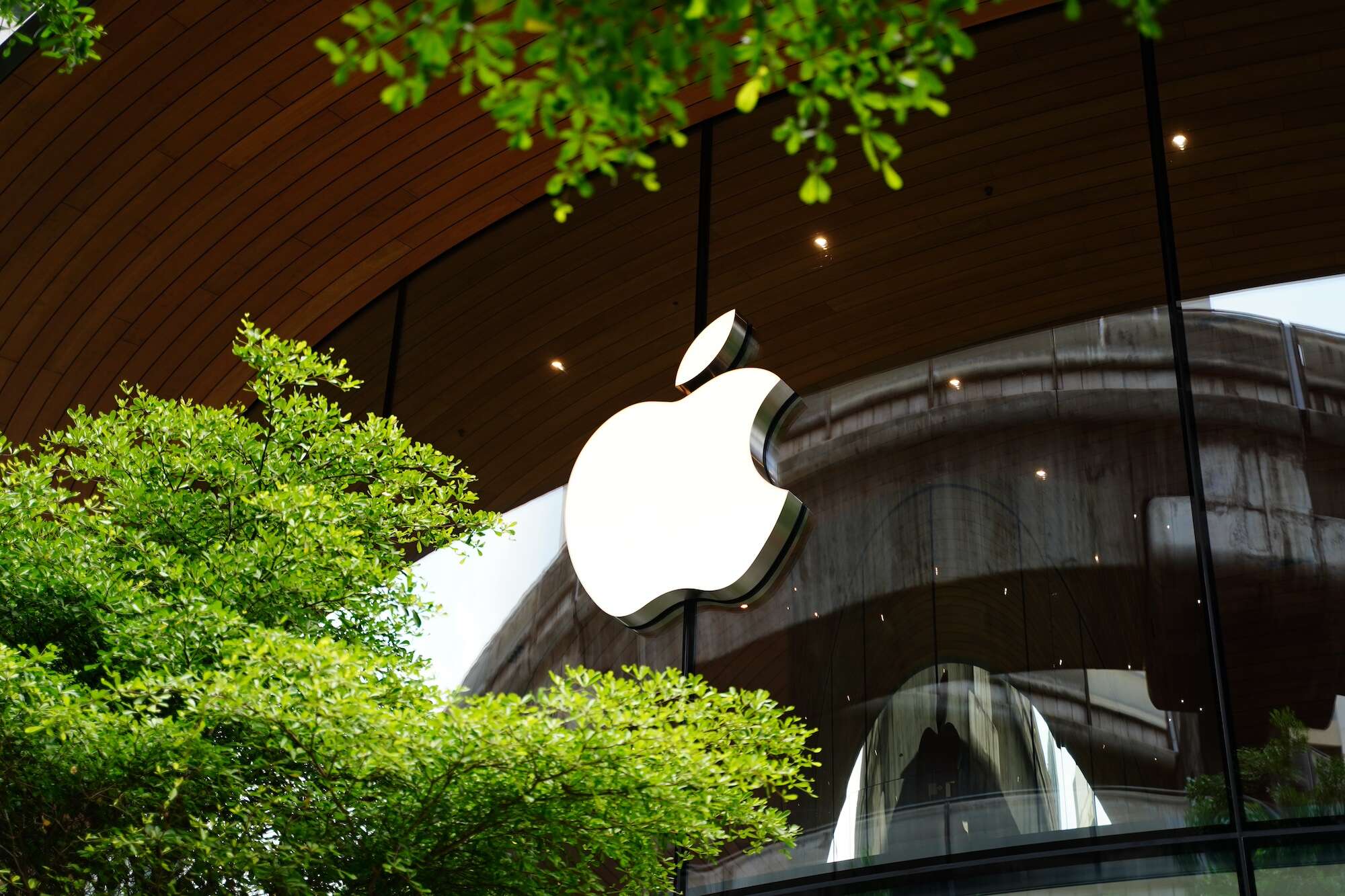
Apple is said to be the latest Big Tech company ready to fully embrace generative AI, and could integrate the technology in the next version of iOS. However, it comes as AI vendors face growing legal, technical and regulatory challenges around the use of automated systems. The latest battle is coming from Amazon-backed Anthropic, which is facing a copyright claim from Universal Music against its use of lyrics when training its Claude 2 chatbot.

Since the launch of ChatGPT by Microsoft-funded OpenAI in November last year, some of the world’s largest companies have pivoted to make generative AI a key part of their strategy, products and business plans. This has in turn prompted increased regulatory scrutiny and legal challenges from content creators over copyright concerns.
Where Microsoft, Google and Amazon have fully embraced foundation model AI, Apple has been relatively cautious about its rollout, barely mentioning the technology. For example, during its last World Wide Developer Conference, Apple executives spoke of using machine learning or specific use cases, rather than GPT-like chatbot integrations.
That is likely to change with iOS 18, according to Jeff Pu, an analyst who specialises in Apple’s supply chain infrastructure. In a research note, he says the company is building a network of AI servers and building up its on-device data processing capabilities. He does not foresee a rapid rollout, as Apple will be focused on how to deploy generative AI while maintaining user privacy. In most cases running generative AI models like ChatGPT or DALL-E 3 requires sending prompts and personal data to a remote cloud server. Apple may opt to do some of this processing using its on-device neural engines.
There have been efforts to create versions of foundation AI models that are small enough to run on-device, while powerful enough to provide the functionality demanded by modern users. Qualcomm has been experimenting with running modified versions of Meta’s Llama 2 on its own Arm-based Snapdragon chips and Apple runs a foundation model on the iPhone for transcription, translation and voice cloning.
The Information has also previously reported that Apple is looking to incorporate its Apple GPT model into Siri, to allow the chatbot to respond to natural language queries and perform tasks within the operating system. Microsoft has integrated its own Copilot AI into Windows 11, Amazon has added a large language model to Alexa and Google is integrating the models behind its Bard chatbot into Google Assistant.
Pu suggests a 2024 deadline for Apple to incorporate generative AI, which would suggest iOS 18 as the first version to have it included. This would mean the iPhone 16, set for release in Autumn 2024, would be generative AI-enabled.
A cautious approach to AI
Apple CEO Tim Cook claims the company has been “working on generative AI for years” and has done a lot of research on the technology. Speaking to Forbes last month he said “We’re going to approach it really thoughtfully and think about it deeply because we’re fully aware of the not-good uses that it can have, and issues around bias and hallucination and so forth.”
While there is a lot of hype around generative AI, it is unlikely the technology is going to fade away, despite the number of challenges companies deploying it have faced. This includes a growing number of copyright lawsuits against the owners of large language models. Anthropic is the latest to be hit with a claim – this time from Universal Music Group over the use of music lyrics in training its Claude 2 model.
Microsoft, IBM and Adobe offer an indemnity against copyright claims from any content generated using their products. Others, including Google, have been actively signing deals with publishers to license content to train future models.
Kiran Raj, practice head of disruptive tech at GlobalData, said there are also growing ethical issues over the potential for misinformation from content generation. “The unique challenges and costs associated with AI operations add to the complexity,” he said.
Training a large language model, particularly on the scale of OpenAI’s GPT-4, Anthropic’s Claude 2 or Google’s PaLM is big business. It is no surprise that the three largest AI labs are either owned by or have deep financial investment from Big Tech businesses.
Saurabh Daga, associate project manager of disruptive tech at GlobalData, said the likes of Apple and Microsoft and going to have to find a way to manoeuvre through a nuanced legal framework that varies from country to country. “They must align their operations and strategies with the fluctuating regulatory climate, all while managing risks and ensuring stakeholder trust,” he said. “Such a scenario can influence their developmental methods, product range, and strategic integration of AI within their ecosystems.”
“While the growth of gen AI looks unstoppable, it is clear that caution is required,” Daga added. “The gen AI landscape is continuously shifting, and the leaders in the space will not only be determined by their innovative capabilities but also by their proficiency in anticipating challenges and their commitment to harnessing the power of AI ethically and cost-effectively. The future technological advancements in gen AI thus require innovation along with responsible growth.”






